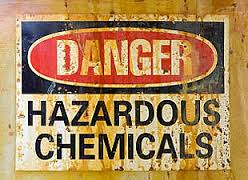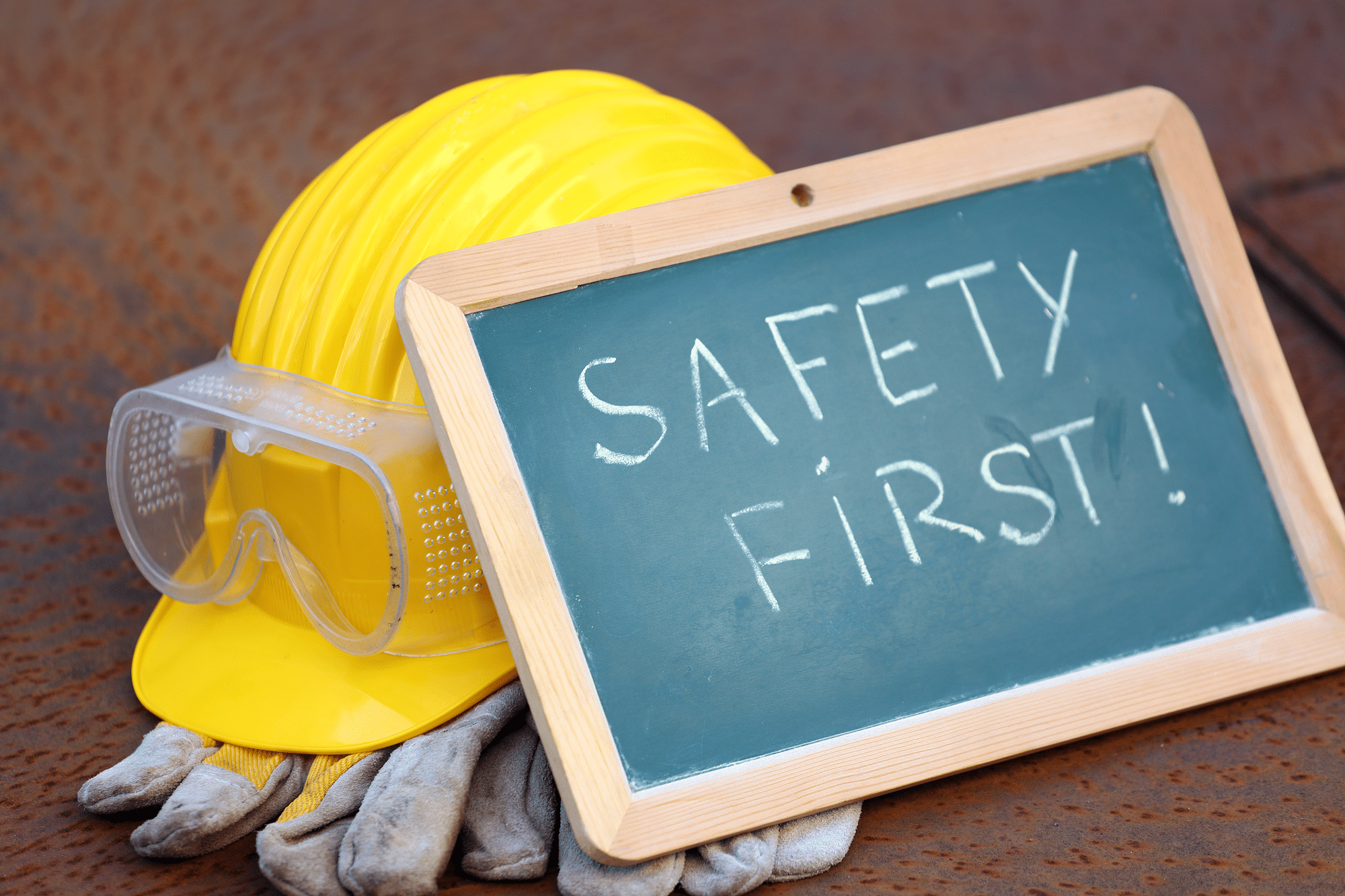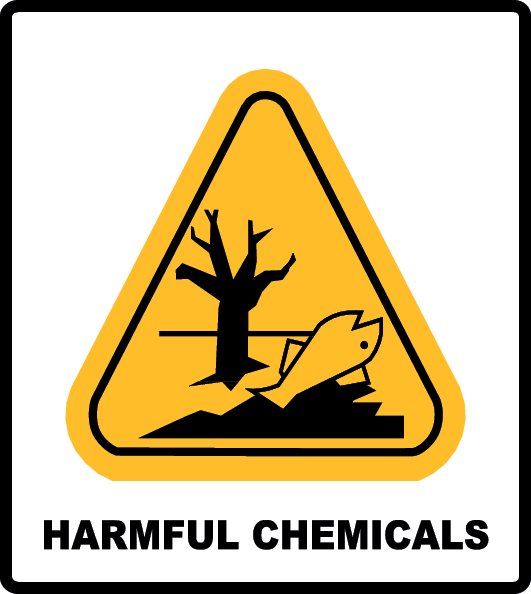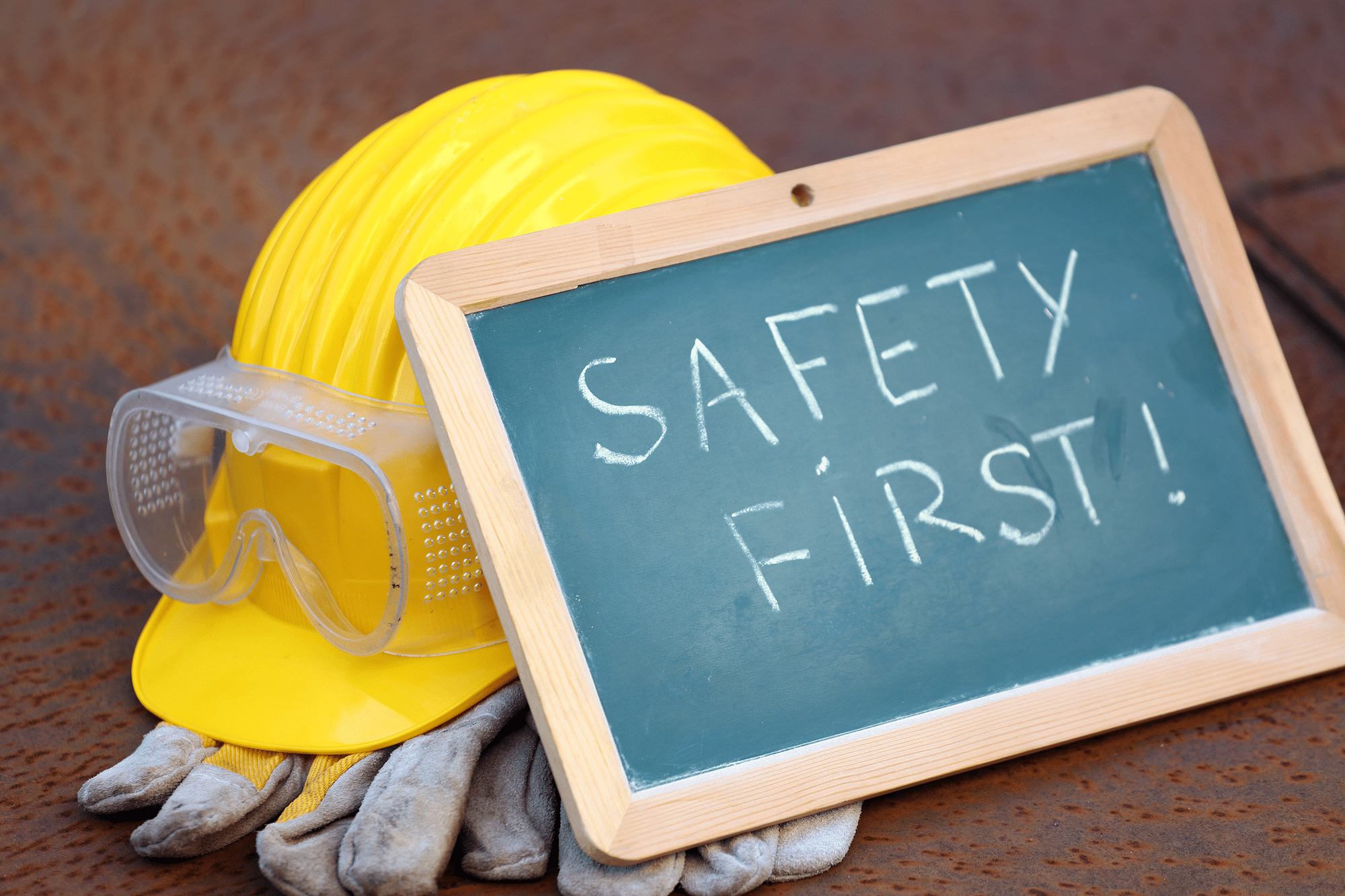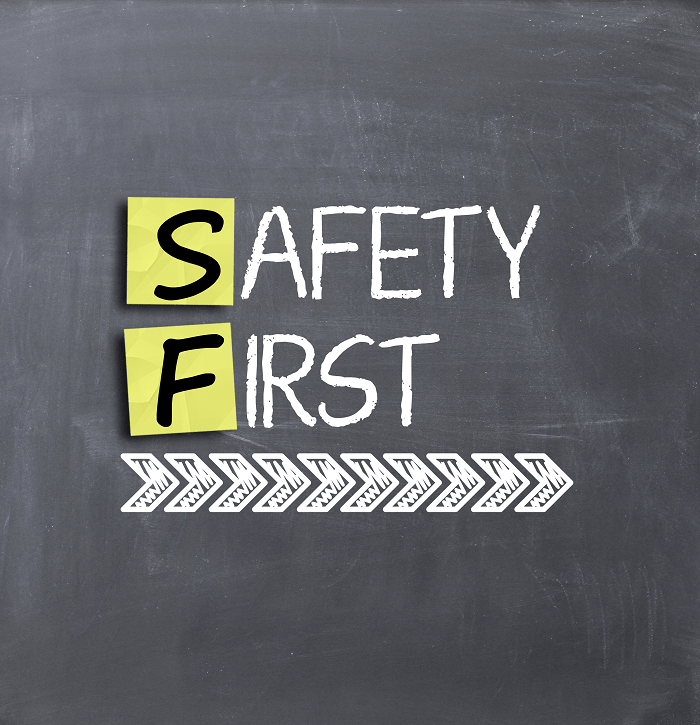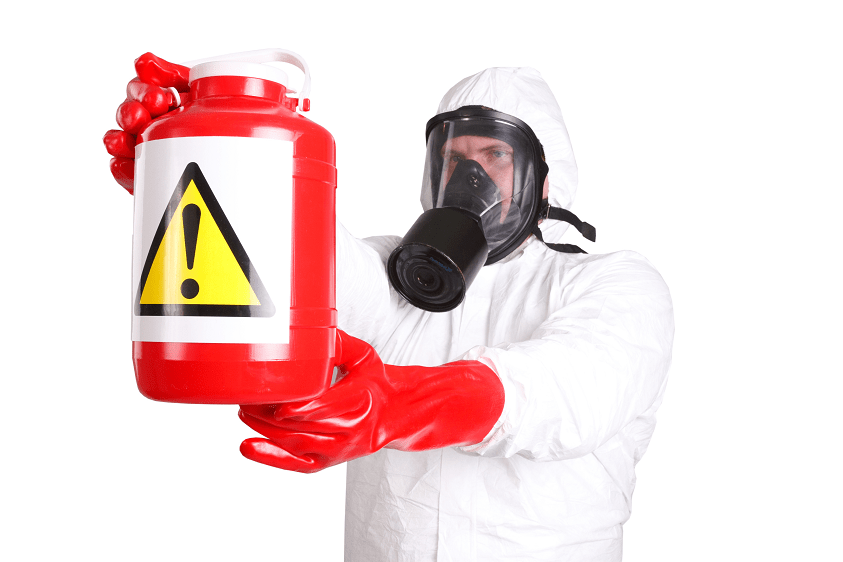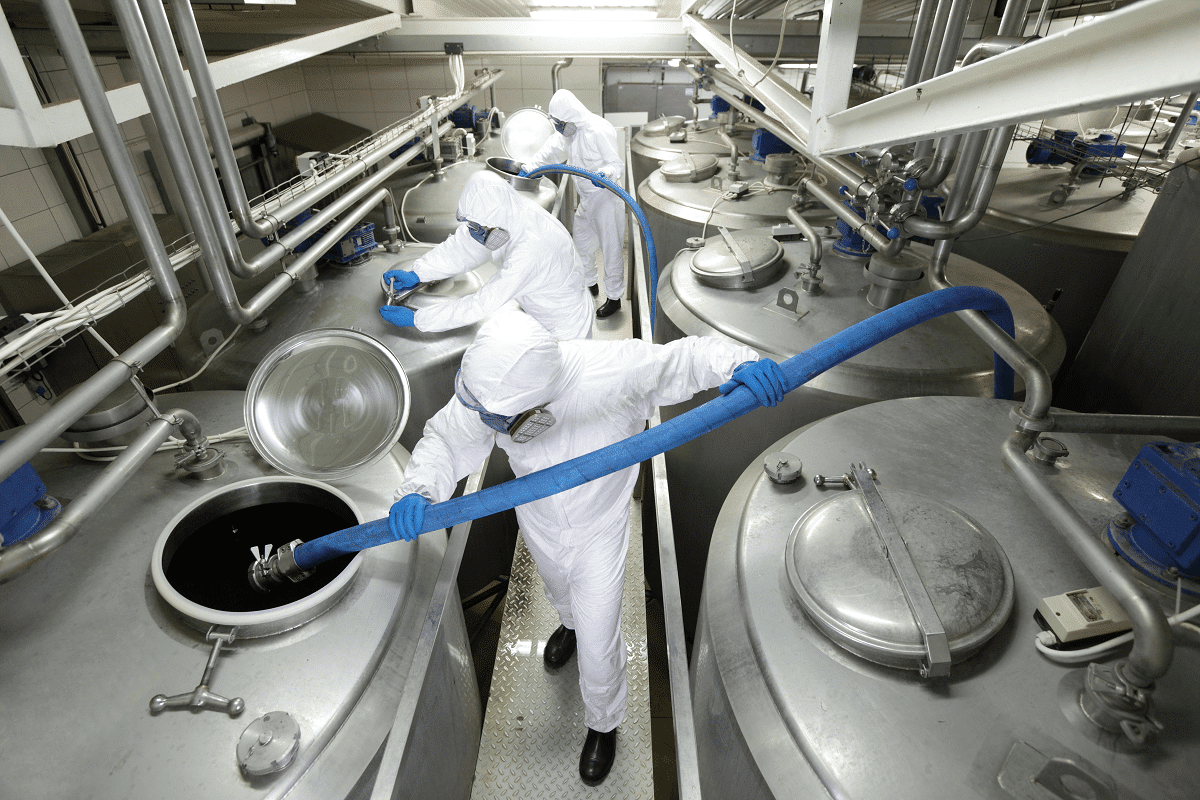NPB Replacements It comes as no surprise that over eight years ago (read the post below) we were working toward safer chemicals. Our values are still the same and today we offer NPB Replacements for even safer cleaning alternatives. Call 1-800-563-1305 or email us...




